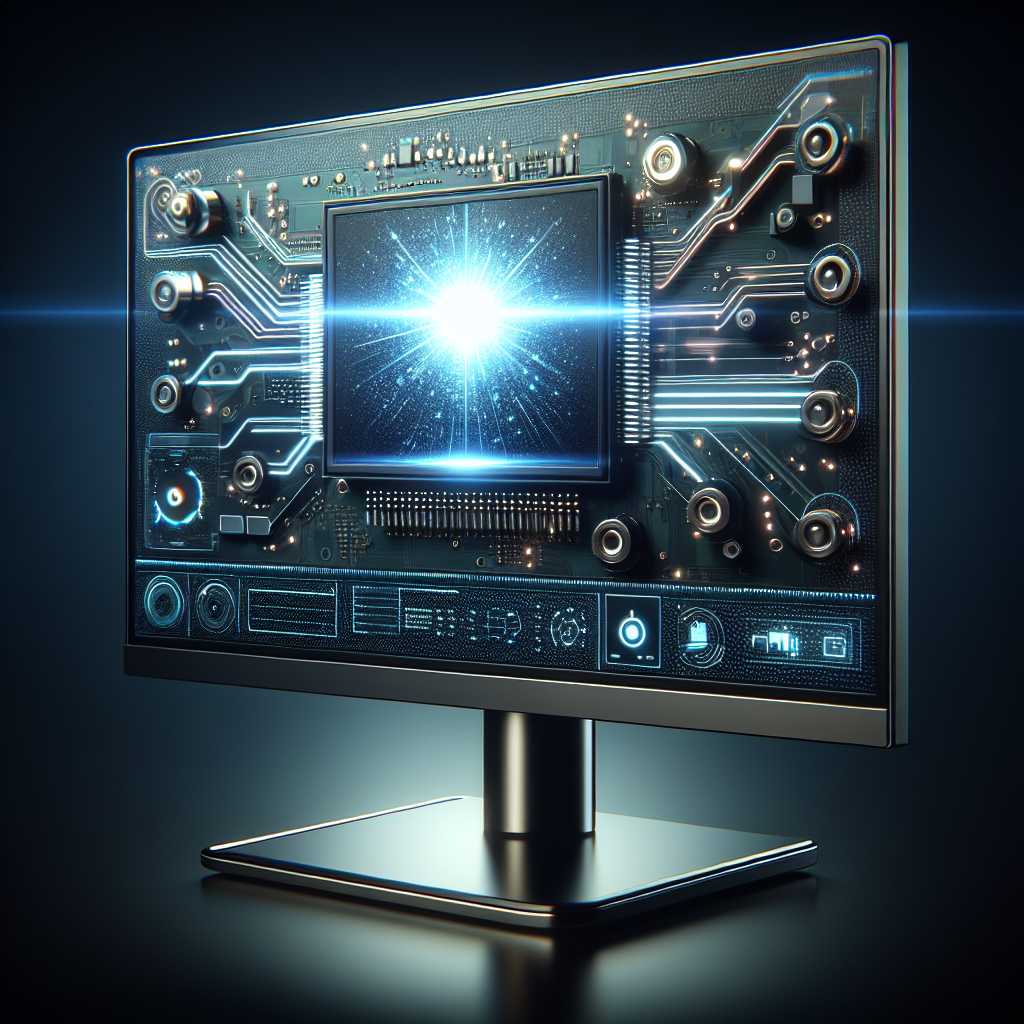
Monitors with built-in hardware streaming encoders are revolutionizing the way we view and transmit video content. By integrating encoding capabilities directly into the monitor, these devices offer numerous benefits to both gamers and professionals who require high-quality streaming and recording. This article delves into the various advantages that such monitors provide.
Performance Enhancement
When it comes to performance, monitors with built-in hardware streaming encoders exhibit significant benefits. Traditional systems rely on CPU cycles to handle encoding tasks, which can strain processing power and impact overall system performance. However, with a hardware encoder integrated into the monitor, the encoding process is offloaded, freeing up the CPU for other tasks.
| Aspect | Traditional Encoding | Built-in Hardware Encoding |
|---|---|---|
| CPU Usage | High | Low |
| System Performance | Affected | Optimized |
| Temperature & Fan Noise | Increased | Reduced |
Reduced Latency
Latency is a critical factor, especially for gamers and live streamers. Lower latency ensures that there is minimal delay between the live action and what is streamed to the audience. Monitors with built-in encoders can significantly reduce this delay by processing video data directly within the monitor, bypassing the need for data to travel through the computer’s internal components.
Improved Video Quality
Another notable advantage is the improved video quality that built-in hardware encoders provide. These encoders are specifically designed for video compression tasks and are optimized to deliver higher quality streams without the artifacts and errors that can accompany software encoding solutions. This results in clearer, crisper video with better color accuracy and detail.
Key Factors for Improved Video Quality
- Optimized Compression Algorithms
- Dedicated Resources for Encoding Tasks
- Minimized Data Loss During Transmission
Ease of Use
Convenience is a crucial factor driving the adoption of monitors with built-in hardware streaming encoders. The integration of these features eliminates the need for additional hardware and software configurations, making the setup process straightforward. Users can plug in their monitor, configure their streaming settings, and start broadcasting with minimal hassle.
Cost Efficiency
While the initial investment in a monitor with a built-in hardware encoder might be higher, it can be more cost-effective in the long run. Traditional setups often require the purchase of external capture cards, dedicated hardware encoders, and potentially even additional cooling solutions. By consolidating these functionalities into the monitor, users potentially save money on additional peripherals.
Scalability and Versatility
Built-in hardware streaming encoders offer scalability and versatility for growing requirements. As technology advances, the ability to handle higher resolutions, higher frame rates, and more complex encoding algorithms becomes vital. Monitors equipped with these encoders are typically designed with future-proofing in mind, capable of adapting to evolving streaming needs.
Case Studies and Real-World Applications
Several case studies demonstrate the tangible benefits of monitors with built-in hardware streaming encoders in real-world applications. For instance, professional esports teams employ these monitors to ensure that their streams are of the highest quality while maintaining optimal performance during intense gaming sessions. Additionally, educators using video lectures and webinars appreciate the ease and reliability these monitors provide, allowing them to focus on delivering content without worrying about technical difficulties.
Esports and Gaming
- Optimal Performance
- High-Quality Streams
- Low Latency
Education and Business
- Seamless Integration
- High Reliability
- Professional Quality
Future Trends
The trend towards monitors with built-in hardware streaming encoders is expected to continue growing. As demand for high-quality, low-latency streaming rises, manufacturers will innovate further, offering even more advanced encoding technologies integrated directly into monitors. This evolution will benefit all sectors, from gaming and entertainment to education and business communications.
Conclusion
In summary, the advantages of monitors with built-in hardware streaming encoders are clear. They enhance performance, reduce latency, improve video quality, offer ease of use, and can be cost-effective in the long term. As the technology continues to develop, these monitors will likely become a staple for anyone serious about streaming and video broadcasting.
